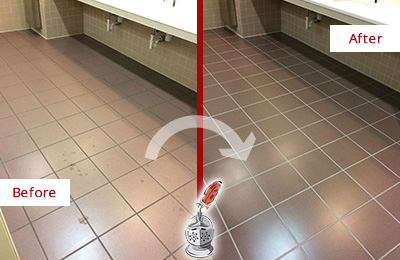Here below you'll find a bunch of brilliant insight all about Looking for Signs of Water Damage in the Bathroom.

The bathroom is incredibly prone for moist accumulation as well as potential water damage because of the regular use water in it. This write-up offers simple evaluation methods to aid spotting water damage dangers.
The constant use of water in the restroom makes it very at risk for wet accumulation and prospective water damage. By checking it consistently, you can reduce water relevant damages.
The following set of evaluations is simple to carry out as well as must be done when in every three months in order to keep your shower room in good shape as well as to avoid prospective water problems brought on by the bath tub, the shower, pipeline joints and also plumbing, sinks, cabinets, and the toilet
Do not overlook carrying out these inspections and be comprehensive while performing them. Keep in mind that these straightforward assessments can conserve you a lot of money by offering early indications for water damage
Bathtub and also Shower
The shower and also bath tub need unique interest and maintenance. Examine the floor tiles and replace if cracked. See to it that there is no missing out on cement in between the ceramic tiles. Examine and replace fractured caulking at joints where the wall surfaces satisfy the floor or the bath tub. Obstructed drains pipes and pipes troubles will certainly stop the bathtub from drying and may show severe issues below the tub. Speak with a professional promptly to avoid structural damages. Focus on discolorations or soft locations around the tub walls as they might indicate an inner leakage.
Plumbing
Signs for water damage are tough to find because most pipelines are installed inside the wall surfaces.
Pay unique attention to floor covering as well as walls dampness as well as discolorations as they may indicate an unseen plumbing issue. Examine wetness levels in adjacent rooms too.
Sinks and Cabinets
Sinks and also cupboards are exposed to dampness and moisture everyday and also are usually ignored. Inspect on a regular basis under the sink and on the kitchen counter above it. Fix any drip in the catch as it may recommend drain troubles. Take a look around the sink, slow-moving draining pipes might indicate an obstructed drainpipe. Replace sink seals if they are split or loosened.
The Toilet
The bathroom is an at risk water junction. Inspect the water lines and also search for leaks around the commode seat, in the hose, as well as under the water storage tank. If you detect any indications of dampness on the floor around the bathroom, look for leakages in the toilet rim and storage tank seals.
Understand that hanging commode dish deodorants boosts the opportunities for clogs.
Water Damage Signs In The Bathroom To Avoid Cleanup
Musty smell
This is one of the easiest signs to catch because musty smells are so odorous. The damp, earthy, moldy smell should be a big red flag. The smell will develop when moisture gets trapped in surfaces, and begins to facilitate mold growth. Leaking pipes under cabinets, inside walls, and behind shower fixtures will cause moisture to stay trapped and not dry, which will lead to mold growth and spread. As soon as you notice any musty smells in your bathroom, have it checked for hidden water damage and cleanup signs.
Visible mold
If the smell isn’t there to give it away, sometimes you will actually see mold growth. Finding mold in your bathroom is a serious problem, because mold is very harmful to your health. By the time mold growth is visible, it also means that water damage has already occurred and been present for some time. The only way the mold problem can be resolved is to find the source of the moisture and get it stopped. To safely and adequately remove mold, you need to have professionals handle the remediation. Do not waste any time in getting mold problems addressed, fixed, and sanitized so that you can protect you and your family from the many respiratory symptoms caused by mold exposure.
Damaged floors
Bathroom floors should be able to withstand some exposure to water while still remaining in good condition. However, when excess exposure or water leaks occur, they will begin to damage even the most water-resistant flooring. If you notice any cracking, bubbling, staining, or warping on your bathroom floors, there is probably a water leak somewhere causing the distortion. If you notice areas of the floor have become softer, or even have a spongy feeling, there is probably damage to the subfloor. Subflooring is typically made up of plywood. When plywood is exposed to water or moisture, it will absorb it. Once it has become saturated, the weight of the excess water will cause the wood to swell and soften. Check the floors in your bathroom frequently to catch any of these sings before they lead to damaged subflooring.
Changes on walls
When water leaks behind walls, it will cause changes in the drywall. Peeling plaster, blistering paint, and soggy wallpaper are all good indicators that excess water is building up behind the wall. Water leaking behind drywall will cause it to swell and be soft to the tough. If you start to notice gaps along the trim of your walls, or where tile meets the wall, it could also be a strong indicator that there is a leak behind the wall. Any changes, distortion, or damage on the walls should be evaluated as soon as you notice it to prevent further water damage and cleanup.

I'm certainly very inquisitive about How to Repair and Prevent Bathroom Water Damage and I really hope you enjoyed my piece. Are you aware of someone else who is intrigued by the topic? Why not share it. I am grateful for your time. Don't forget to visit our website back soon.
Services
Comments on “Just How to Avoid Water Damage in Your Bathroom”